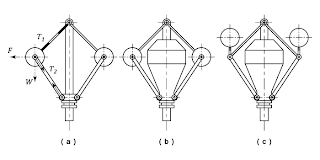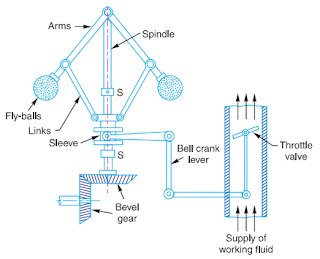A governor is said to be stable when for every speed within the working range there is a definite configuration i.e. there is only one radius of rotation of the governor balls at which the governor is in equilibrium.
For a stable governor, if the equilibrium speed increases, the radius of governor balls must also increase.
Other Topics
IC engine, Method
of Ignition, mechanical
Engineering, English books,Photoshop
tutorials,Harry
potter,Best
100 english books,IC
engine,Metal
Casting,Mechnical
Previous Years Gate Question Papers ,Mechanical-old-question-paper,Milling
Quiz,Forging
Quiz,Cold
Extrusion,Hot
Extrusion,CLutch,Dry Clutch,Wet Clutch,Introduction
to Flywheel,Flywheel
Benefits,FlyWheel:
Energy,FlyWheel:
Moment of Inertia,FlyWheel:Rotational
Speed,Important
questions and answers on Design of Flywheel,Flywheel:
FACTOR,
Governors ,Types
of Governors,Cenrifugal
Governors,Inertia
Governors



